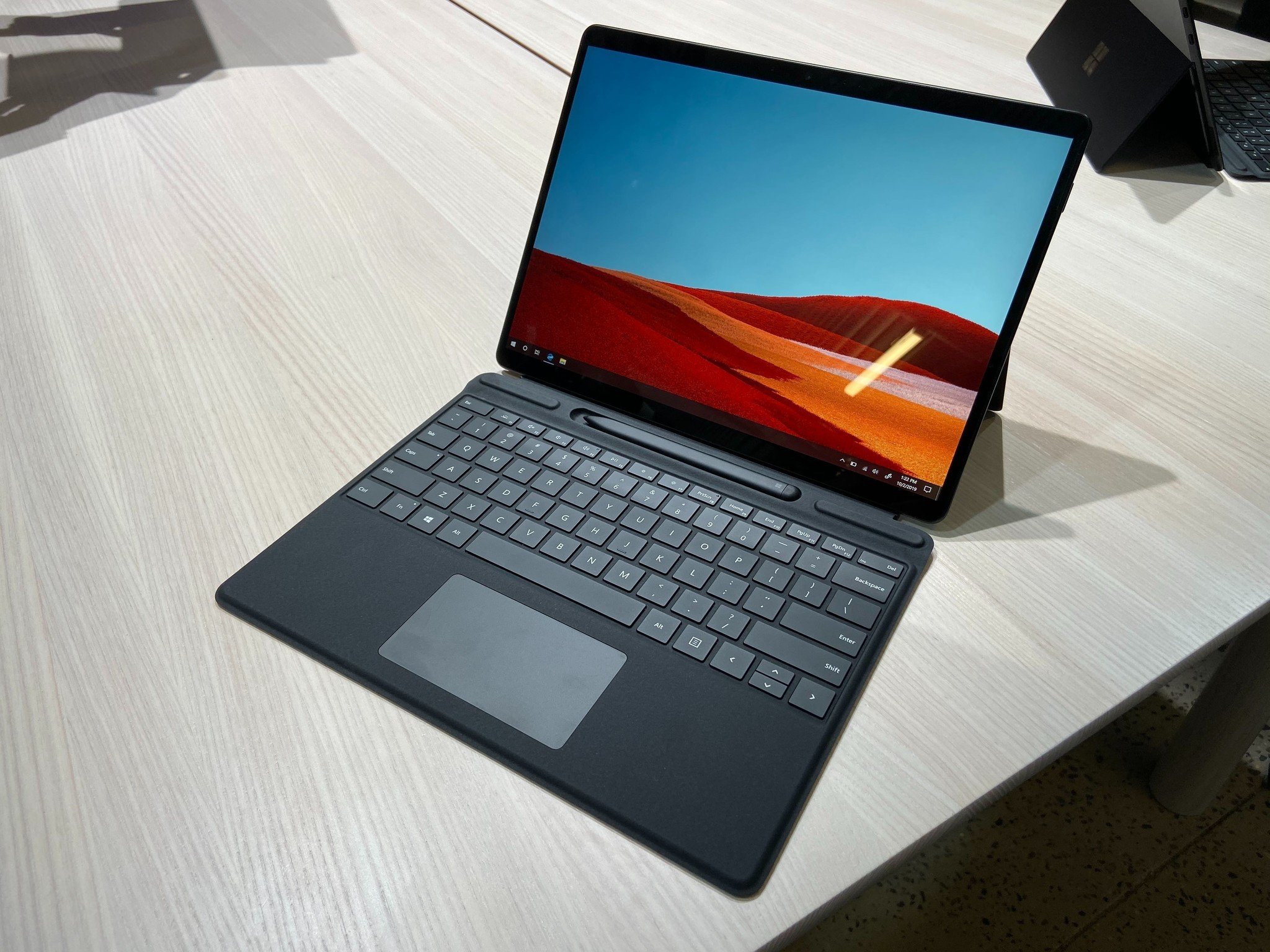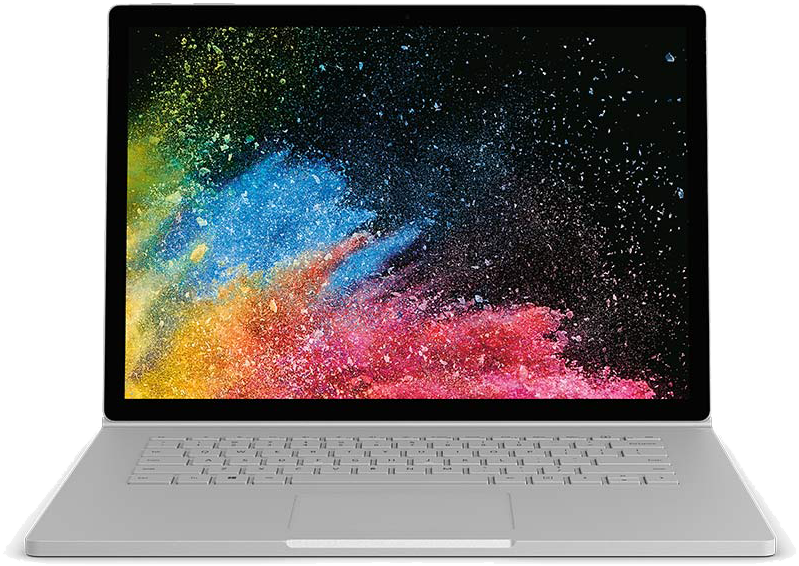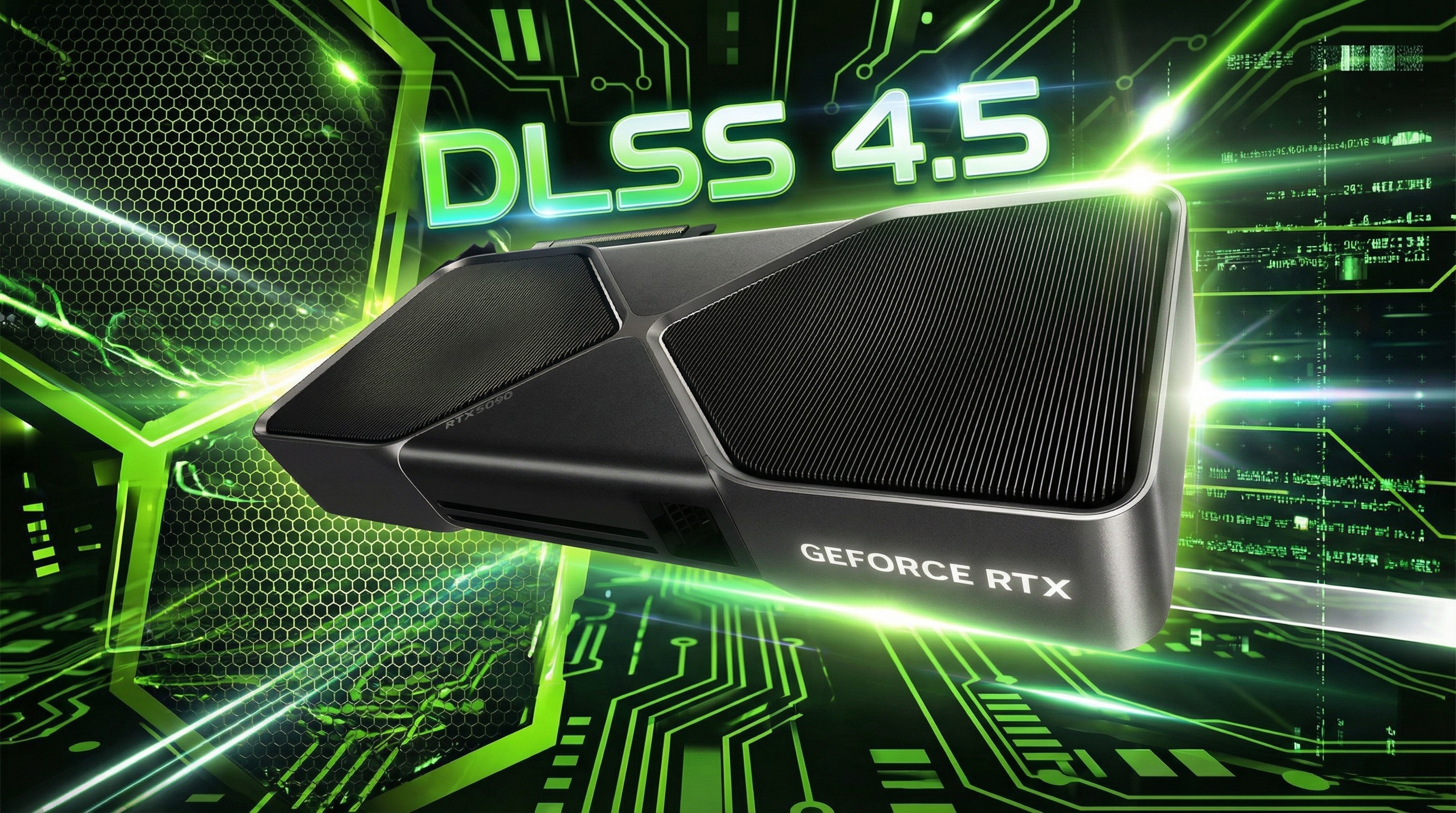

ARM-powered Pro
The Surface Pro X is Microsoft's thinnest Pro to date, complete with LTE connectivity, 13-inch high-res touch display with a slim bezel, and two USB-C ports. Its custom ARM SQ1 CPU and Adreno 685 GPU offer impressive performance and battery life, but it won't quite match the dedicated GPU. It's ultimately an excellent choice for anyone who likes to remain mobile.
Pros
- LTE connectivity comes standard
- Smart design with new Surface Slim Pen
- High-res touch display
- Thin and light build
- Two USB-C ports
Cons
- No 3.5mm or microSD card reader
- ARM has some limitations

Powerful modular notebook
The Surface Book 2, available in 13.5- and 15-inch sizes, is starting to show its age, especially compared to the fresh Pro X. Yet it includes dedicated GPU options, more varied port selection, and a modular design that allows you to remove the tablet from the performance base. You don't get LTE connectivity either, but it's still an excellent option for power users.
Pros
- Dedicated GPUs available
- Two sizes, smart modular design
- Better port selection
- Long battery life
- Stellar high-res touch display
Cons
- Using 7th and 8th Gen Intel Core CPUs
- Not as portable
- No LTE connectivity
With both of these devices, you're going to get a premium build and gorgeous touch display capable of inking, though they're designed for different use cases. The Surface Book 2, with dedicated GPU and larger display options, is well cut out for specialized work and gaming, and the larger batteries help you get through a workday without needing a charge. The Pro X is certainly the more mobile option thanks to weight, size, and LTE connectivity. It won't match the raw performance of the Book 2, but the custom SQ1 ARM CPU and Adreno 685 GPU will be able to handle a professional's workload, especially creativity and design. Let's take a look at the specs that make up these two PCs.
Microsoft Surface Pro X vs. Surface Book 2 tech specs
| Header Cell - Column 0 | Surface Pro X | Surface Book 2 |
|---|---|---|
| OS | Windows 10 | Windows 10 |
| Processor | Microsoft SQ1 | 7th Gen Intel Core i5-7300U 8th Gen Intel Core i5-8350U Core i7-8650U |
| RAM | 8GB, 16GB LPDDR4x | 8GB, 16GB LPDDR3 |
| Storage | 128GB, 256GB, 512GB SSD | 256GB, 512GB, 1TB SSD |
| Display size | 13 inches Touch | 13.5 inches 15 inches Touch |
| Display resolution | 2880x1920 267 PPI | 3000x2000 (267 PPI) 3240x2160 (260 PPI) |
| Aspect ratio | 3:2 | 3:2 |
| Graphics | Adreno 685 | Intel HD 620 (i5) NVIDIA GTX 1050 (i7) NVIDIA GTX 1060 (i7) |
| Ports | Two USB-C 3.1 (Gen 2) Surface Connect Nano SIM | Two USB-A 3.1 USB-C 3.1 3.5mm audio Two Surface Connect SD card reader |
| LTE | Standard Qualcomm Snapdragon X24 | No |
| Camera | Front-facing 5MP (1080p) Rear-facing 10MP (4K) | Front-facing 5MP (1080p) Rear-facing 8MP (1080p) |
| Biometrics | IR camera | IR camera |
| Battery | Up to 13 hours | 70Wh (13.5-inch) 80Wh (15-inch) Up to 17 hours |
| Dimensions | 11.3 x 8.2 x 0.28 inches (287mm x 208mm x 7.3mm) | 13.5-inch Book 2 12.3 x 9.14 x 0.51 - 0.90 inches (i5) 12.3 x 9.14 x 0.59-0.90 inches (i7) 15-inch Book 2 13.5 x 9.87 x 0.568 - 0.90 inches |
| Weight | From 1.7 pounds (774g) | 13.5-inch from 3.38 pounds (1.53kg) 15-inch from 4.2 pounds (1.9kg) |
Features and design
The Surface Pro X is a bit of a departure from the standard Pro line. Although its footprint is nearly the same as the refreshed Surface Pro 7, it has a thinner chassis and a redesigned detachable keyboard with built-in storage and charging for the new Surface Slim Pen. It's a 2-in-1, so it still has a folding kickstand on the back to prop up the tablet either with or without the keyboard attached.
The Surface Book 2 comes in 13.5- and 15-inch configurations, and it's built to be modular. The base with keyboard and touchpad has inside extra performance hardware — like dedicated GPU and larger battery — while the tablet portion includes everything needed to operate alone, including CPU, RAM, and storage. This means you can remove the tablet portion, though there's no kickstand on the back like on the Pro X. You can, however, reattach the tablet to the base backward, offering up a sturdy stand that's reminiscent of something you'd see with a convertible laptop.
Ports on the Pro X are limited because of its size. It has just two USB-C and a Nano-SIM slot, though the USB-C ports are 3.1 (Gen 2) and are capable of handling two 4K external displays at a 60Hz refresh rate with one output. That leaves the other USB-C port free for charging or something like a hub. The Book 2 offers a more rounded port selection, including USB-A, USB-C, 3.5mm audio, and an SD card reader.
The Nano-SIM slot on the Pro X is accompanied by eSIM capabilities, offering LTE connectivity from the Snapdragon X24 modem. This allows you to stay connected just about anywhere, even when outside of Wi-Fi range. If you want to remain mobile, the Pro X is your best bet as the Book 2 does not have LTE capabilities.
As for cameras, the Book 2 offers decent photo and video capabilities and actually has the same front-facing quality as the Pro X. Both devices also have an IR camera for facial recognition through Windows Hello. The rear-facing cameras are different, however, with the Pro X capable of 4K with its 10MP hardware. The Book 2's rear-facing camera remains at 1080p with its 8MP hardware.
Ultimately, if you'd like a larger laptop that's better cut out as a notebook, the Book 2 should be your first choice. On the other hand, if you like the idea of a 2-in-1 that works exceptionally well as a tablet, the Pro X should be heavily considered. Keep port selection and LTE connectivity in mind when choosing.
All the latest news, reviews, and guides for Windows and Xbox diehards.
Display and inking
Surface devices have some of the nicest touch displays out there, so no matter which laptop you choose, you're going to get a high resolution with touch and inking capabilities. The Pro X has the smallest display at 13 inches, and it comes with a 2880x1920 resolution at 267 PPI. It has thin bezel to accommodate the larger screen size compared to the Pro 7, and it offers 4,096 levels of pressure sensitivity and tilt support for high-quality inking. Like the Book 2, it's built with a 3:2 aspect ratio for more screen real estate.
The Surface Book 2 comes in 13.5- and 15-inch options, both larger than the Pro X. The smaller screen has a 3000x2000 resolution with 267 PPI, while the larger display has a 3240x2160 resolution with 260 PPI. Both displays offer touch and inking capabilities, and you get the same 4,096 levels of pressure sensitivity and tilt support. For ultimate productivity, the 15-inch Book 2 makes the most sense, especially when you figure in the dedicated graphics card (GPU) option.
Performance and price
The Book 2 can be had in quite a few configurations, especially when you factor in the two size options. The 13.5-inch model is still available with a 7th Gen Intel CPU, but there are also 8th Gen Core i5 and Core i7 options available for better performance. These aren't the later 8th Gen "Whiskey Lake" Intel CPUs with improved performance, but they're still able performers. The smaller Book 2 can be had with an optional NVIDIA GTX 1050 dedicated GPU for additional performance, ideal if you're interested in gaming or specialized work. Add up to 16GB of LPDDR3 RAM and a 1TB PCIe solid-state drive (SSD).
The larger Book 2 has 8th Gen Intel Core i5 and Core i7 CPU options, and you can add an NVIDIA GTX 1060 dedicated GPU with 6GB of VRAM for the best performance possible. It can also be configured with up to 16GB of RAM and a 1TB SSD. Smaller 13.5-inch models start at about $1,082, slightly more than the Pro X, while the larger 15-inch Book 2 starts at about $1,699, considerably more than the Pro X.
The Book 2 models both have larger batteries than you'll get in the Pro X, and you should be able to push a full day of work without a charge if you're going about standard productivity work. However, if you're using the dedicated GPU, battery life will no doubt fall considerably below what you'll get with the ARM-powered Pro X. The Pro X has a custom Microsoft SQ1 CPU that's essentially a suped-up Snapdragon 8cx. It has a 3GHz clock, eight cores, and an Adreno 685 GPU with two teraflops of power. It will beat out the Core i5 CPUs in the Book 2, but the Core i7 CPUs will match up closer to what you can expect from the Pro X, especially since x86 apps must be emulated on the Pro X.
Despite the power of the GPU, don't expect the Pro X to be a gaming machine unless you're interested in Project xCloud. OpenGL games won't work, and the Pro X is overall better suited to web and scripted apps. UNITY and Unreal engines are getting ARM support, so we'll likely see some excellent mobile games for the Pro X, but the Book 2 is going to be much better cut out for standard PC gaming. We'll have to do our own testing to see how well the Pro X performs on all fronts.
Baseline Pro X models with 8GB of RAM and 128GB of SSD storage start at about $999, while topped-out models with 16GB of RAM and 512GB SSD go for about $1,799.
Go with the Pro X for a portable device cut out for professional work
The Pro X is a thinner, lighter 2-in-1 compared to the Book 2, and combined with LTE connectivity; it's ideal for anyone on the move. Raw performance won't quite match up due to the lack of dedicated GPU and some ARM limitations, but it's still certainly a powerful device that can act as your daily driver.
The Surface Book 2 is still an excellent choice for power users
With dedicated GPU options and a form factor that's closer to a standard notebook, the Book 2 is a great pick for power users. 8th Gen Intel chips are starting to show their age, but they will still perform admirably. Battery life when you're not pushing the GPU is excellent, and you can remove the keyboard and touchpad portion when you just want to use a tablet.

Dedicated GPU, two sizes to choose from
You'll get more rounded performance from the Book 2 thanks to a dedicated GPU, and it can be had with a much larger 15-inch display. It's the right pick for power users, especially if you're interested in gaming.

Cale Hunt brings to Windows Central more than nine years of experience writing about laptops, PCs, accessories, games, and beyond. If it runs Windows or in some way complements the hardware, there’s a good chance he knows about it, has written about it, or is already busy testing it.



